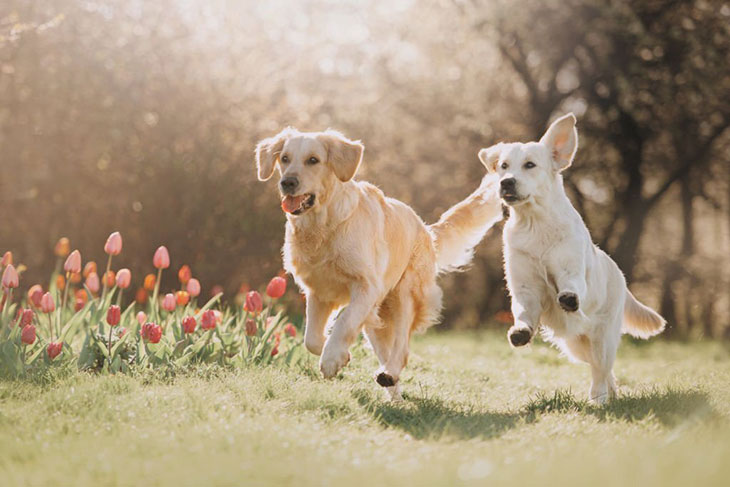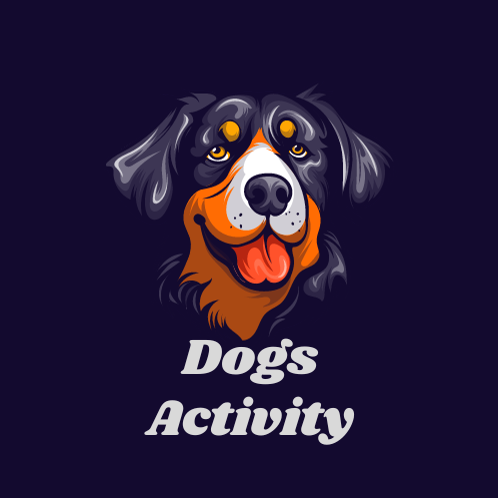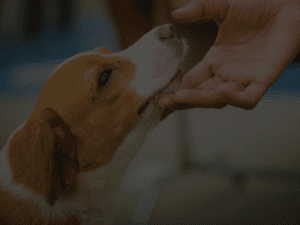
Introduction:
The introduction of a new puppy into a household is often anticipated with excitement and joy. However, when an existing dog starts exhibiting behaviors such as running away from the new addition, it can be perplexing and concerning for pet owners. In this article, we will delve into the dynamics of canine relationships, exploring the reasons behind why a dog may run away from a new puppy. By understanding the underlying factors contributing to this behavior, pet owners can take proactive steps to foster a harmonious relationship between their dogs.
The Dynamics of Canine Relationships:
Dogs are known for their social nature and ability to form close bonds with both humans and other dogs. However, introducing a new member to the pack, especially a playful and energetic puppy, can disrupt the established dynamics among resident dogs. Understanding the intricacies of canine relationships is crucial for deciphering the reasons behind a dog’s avoidance or avoidance-like behavior.
- Territorial Instincts: Dogs, by nature, are territorial animals. When a new puppy enters the home, it may trigger the resident dog’s territorial instincts. The established routine and spaces that the resident dog considered its own may feel threatened, leading to avoidance or attempts to establish boundaries.
- Age and Energy Disparities: Age and energy levels play a significant role in canine interactions. If the resident dog is older or less energetic, the exuberance of a playful puppy can be overwhelming. The puppy’s attempts to engage in play or exploration may be met with avoidance from the older dog, seeking respite from the puppy’s boundless energy.
- Established Hierarchy: Dogs often establish a social hierarchy within a household. The introduction of a new puppy can disrupt this hierarchy, leading to the resident dog feeling uncertain or challenged. In response, the resident dog may choose to distance itself from the puppy, avoiding potential conflicts or shifts in the established order.
- Fear or Anxiety: Dogs, like humans, can experience fear or anxiety in response to new and unfamiliar situations. The presence of a new puppy may invoke feelings of unease in the resident dog, prompting it to run away as a coping mechanism. Understanding and addressing the source of fear or anxiety is crucial for promoting a positive environment.
- Lack of Socialization: Dogs that have not been adequately socialized may exhibit avoidance behaviors when introduced to new stimuli, including other dogs. Proper socialization during a dog’s formative weeks and months is crucial for ensuring they are comfortable and confident in diverse social situations.
Addressing the Behavior:
When faced with the challenge of a resident dog running away from a new puppy, pet owners can take proactive steps to address the behavior and facilitate a positive relationship between the dogs.
- Gradual Introduction: A gradual and controlled introduction between the resident dog and the new puppy is essential. Allow them to sniff each other in a neutral space, such as a backyard or a controlled indoor environment. Avoid forcing interaction and let the dogs set the pace.
- Positive Reinforcement: Reinforce positive behaviors with treats and praise. When the resident dog displays calm behavior around the puppy, reward it with treats and verbal affirmation. Positive reinforcement helps create positive associations with the presence of the new puppy.
- Respect Boundaries: Recognize and respect the boundaries of the resident dog. If the dog shows signs of discomfort or avoidance, provide a safe space where it can retreat and relax. This may be a designated room or a quiet corner where the resident dog can feel secure.
- Maintain Routine: Dogs thrive on routine, and any significant changes, such as the introduction of a new puppy, can be disruptive. Maintain the established routine as much as possible, ensuring that the resident dog feels secure and has a sense of predictability in its daily life.
- Individual Attention: Ensure that both dogs receive individual attention and affection. This helps prevent feelings of jealousy or competition and reinforces the idea that the presence of the new puppy does not diminish the love and care the resident dog receives.
- Professional Guidance: If the avoidance behavior persists or escalates, seeking guidance from a professional dog trainer or behaviorist is advisable. These experts can assess the specific dynamics between the dogs and provide tailored strategies to address any underlying issues.
Understanding Canine Body Language:
Canine communication is primarily non-verbal, and understanding the body language of both the resident dog and the new puppy is crucial for interpreting their interactions. Signs that the resident dog may be uncomfortable or anxious include:
- Avoidance or Evasion: If the resident dog actively avoids the new puppy, constantly moving away or seeking higher ground, it may be a sign of discomfort.
- Stiff Body Language: A stiff or tense body posture, with ears back and tail held low, can indicate that the dog is feeling stressed or anxious.
- Excessive Panting or Drooling: Dogs may exhibit physiological signs of stress, such as excessive panting or drooling, in response to a new and potentially stressful situation.
- Lip Licking or Yawning: Lip licking and yawning can be stress signals in dogs. If the resident dog displays these behaviors around the new puppy, it may be indicating discomfort.
- Growling or Snapping: In extreme cases, a dog may resort to growling or snapping as a way of communicating its discomfort or desire for the new puppy to back off.
By paying attention to these cues, pet owners can better understand the emotions and responses of their dogs, facilitating a more nuanced approach to addressing any avoidance behaviors.
Conclusion:
The introduction of a new puppy into a household can be a delightful yet complex experience for both pet owners and existing dogs. When faced with the scenario of a resident dog running away from the new puppy, it’s essential to approach the situation with empathy, patience, and a commitment to fostering positive relationships.
Understanding the underlying factors, such as territorial instincts, age disparities, and established hierarchies, provides valuable insight into the dynamics at play. By implementing gradual introductions, positive reinforcement, and respecting the boundaries of the resident dog, pet owners can create an environment where both dogs feel secure and comfortable.
It’s crucial to monitor canine body language, recognizing signs of stress or discomfort, and seeking professional guidance if needed. With time, patience, and thoughtful intervention, many dogs can learn to coexist and even form strong bonds, transforming the initial avoidance behaviors into playful interactions and enduring friendships. Remember, every dog is unique, and the key to a successful introduction lies in understanding and addressing the individual needs and preferences of each furry family member.



